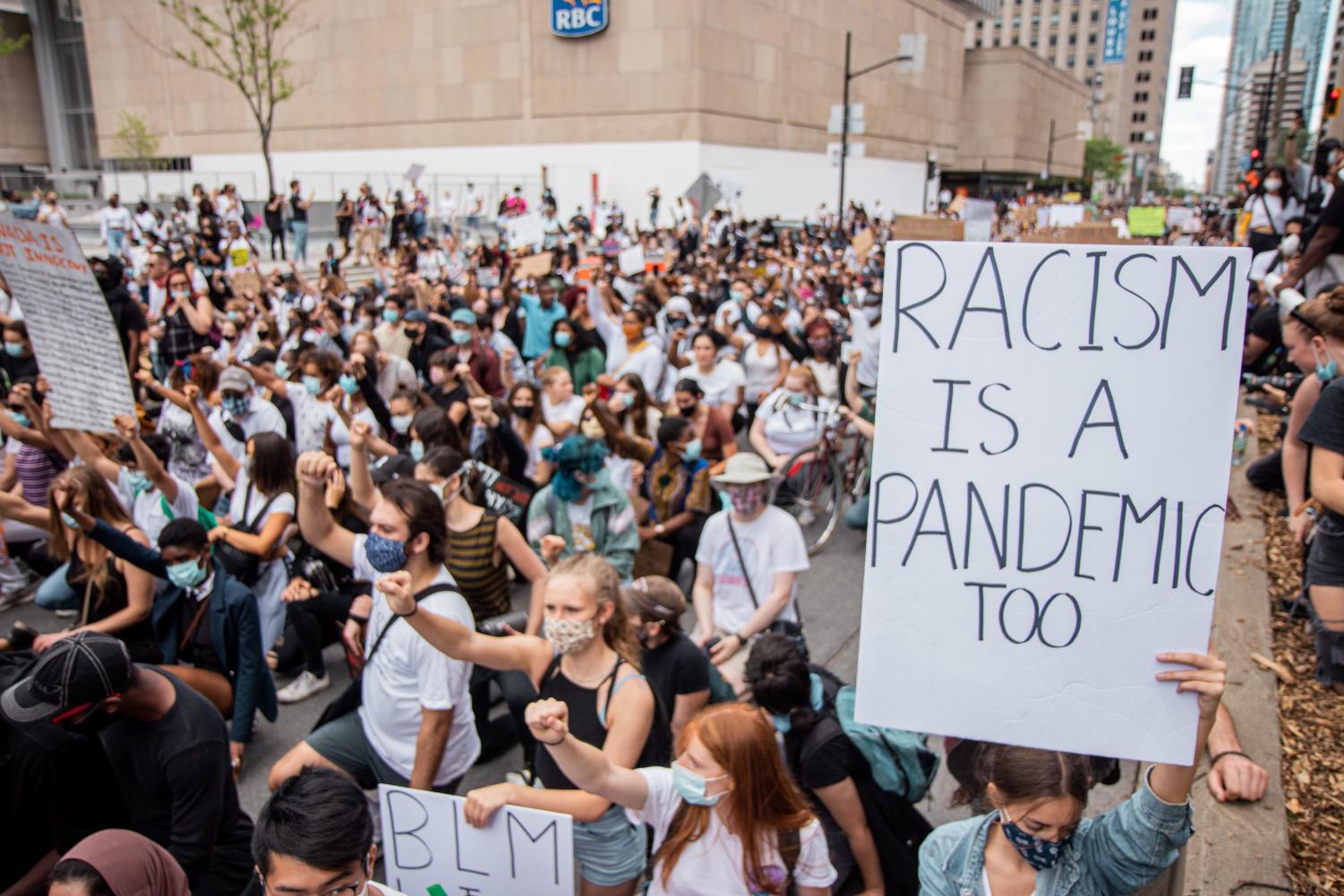We have now officially seen COVID-19 ravage the world for an entire year, claiming lives and livelihoods that no one consented to give. And it spread like wildfire from person to person through one of our most basic human needs: social interaction. COVID-19 is a virus that has caused a pandemic. On the contrary, racism—despite what the Pope, posters during 2020 protests and articles published over the last year claim—is not a virus. Nor is it a pandemic.
It is much worse.
EIGHT LIVES TAKEN TOO SOON
Paul Andre Michels, Tan Xiaojie, Feng Daoyou, Delaina Yaun, Park Soon-chung, Hyun Jung Grant, Suncha Kim and Yue Yong-ae were killed in the Atlanta area on Tuesday when a white man went on a shooting rampage at multiple massage parlors. Six of the victims were Asian women. According to law enforcement officials, the shooter, Robert Long, told them that his actions were not racially motivated. He claimed to have a sex addiction and decided to kill the women working in these establishments to help others by eradicating sexual temptation.
We cannot believe the word of a man that mass-murdered eight innocent people. His actions were fueled by white supremacy, whether he knows it or not. Racism and the evidence of white supremacy cannot be defined by those who perpetrate it. People who commit violent and harmful acts against others, whether it be domestic violence, bullying or anything in between, cannot be trusted to adequately name their crime. His defense reeks of misogyny, toxic purity culture and the hypersexualization of Asian women. Long made the active choice to carry out his actions—he was not a passive actor in the spreading of a metaphorical virus. Pandemics are no one’s fault, specifically. But with racism, we can clearly point to a culprit.
Author and educator Subini Annamma, Ph.D., remarked in a tweet, “Arguing that racism and white supremacy are [a] virus or [a] pandemic maintains white innocence, particularly in the time of COVID. These metaphors suggest everyone is infected even when they were just breathing the air. But that is not how racism and white supremacy are sustained.”
She goes on to say that these two conjoined forces are maintained through the active participation of people. The use of the metaphor removes the blame from those willing participants and negates the fact that these systems are intentionally embedded in our institutions on a larger scale. That is how racism and white supremacy are sustained—by active participants who refuse to acknowledge the truth or change their behavior. In this way, Long’s supposed confessed motive sustains these systems.
“BUT I’M NOT RACIST!”
Racism is not something that spreads from innocent person to innocent person. As many scholars and educators would argue, a more accurate definition of racism can be simplified to “power plus race-based prejudice.” This necessarily broadens the scope of racism to include more than just calling a Black person the “n-word” or denying a job to someone simply because of the color of their skin. With this definition, we get a full picture of how particularly white folks in the United States have benefited from systems of oppression, whether they be aware of those systems or not.
After being confronted with this at the height of racial unrest last summer, Merriam-Webster has agreed to expand its definition of racism to include the presence of power structures.
NEITHER SYSTEMS NOR PEOPLE ARE A VIRUS
On the opposite side of the spectrum, former president Donald Trump normalized the use of the racist terms “China virus,” “Chinese virus” and “Fung Flu” to refer to COVID-19. The language we use matters. Despite experts begging Trump and others to not refer to the virus in this way, he persisted. Since then, hate crimes against Asians have spiked. According to the advocacy organization Stop AAPI Hate, there have been nearly 3,800 reported hate crimes against Asian Americans in the last year.
The #IAmNotAVirus trend has gained renewed traction with the recent rise in anti-Asian hate crimes as a bold reclamation of Asian identity. Asian artists from around the world are sharing their experiences and how those experiences make them feel through their art.
We cannot compare people, nor the systems that intentionally oppress marginalized people, to a virus or pandemic. Black, Indigenous and other people of color have had especially unique experiences during the last year, from police brutality to lack of access to healthcare, job loss and hate crimes. Because language is a powerful tool that shapes our culture, let’s call this like it is—the marginalized face two crises: the traumatic effects of racism alongside a deadly global pandemic.












